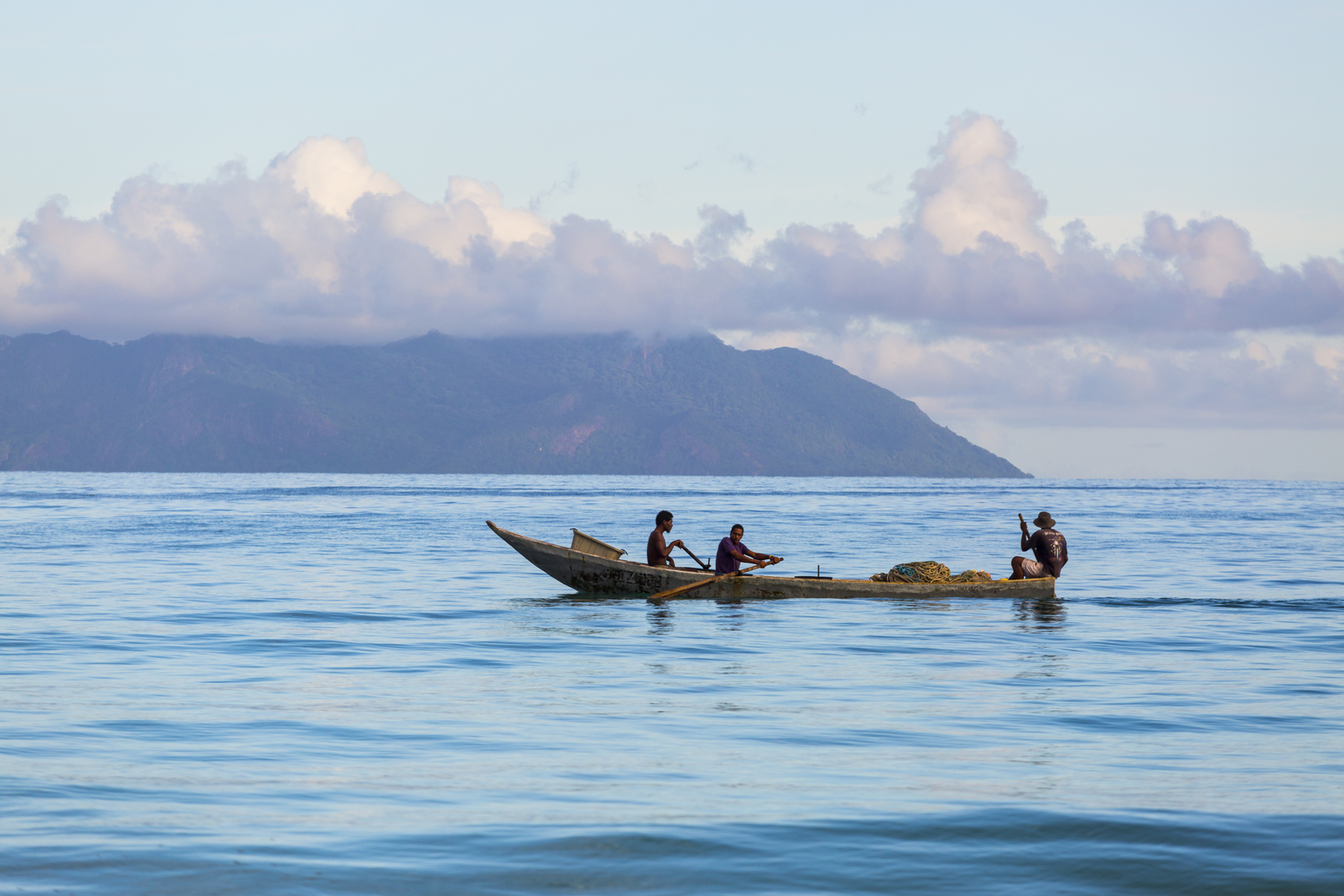By Mark Tercek, former Chief Executive Officer
As an environmentalist, I've long been inspired by the great biologist Dr. E.O. Wilson's leadership and inspiring example. He is always pushing us to do more. That is especially true in his bold challenge that humankind should fully protect half the earth's lands and waters for nature.
But how will we pull this off? We’ve made some progress recently, but we have a very long way to go. In 1990, just 8% of land and 1% of marine areas were protected from development—a small fraction of Dr. Wilson’s goal. Today, we've protected 15% of land and 7% of marine areas. We should be encouraged by this progress, but we need to do even more—and soon.
A new study by The Nature Conservancy (TNC), the University of Minnesota and 11 other partners demonstrates that we can balance habitat protection with humanity’s growing demands for food and energy. It also shows we have the potential to go beyond site-by-site protection to conserve whole land and seascapes as functional systems. But this will require us to take significant action in the next 10 years.
So how do we pick up the pace? What we need now are financial resources, political will, smart strategies to scale up our best ideas, and big, bold thinking.
That's why I'm so encouraged by the new Wyss Campaign for Nature, a $1 billion campaign from the Wyss Foundation to help protect 30% of the planet by 2030. The campaign will support locally-led conservation projects, encourage the international community to establish more ambitious protected areas targets, raise public awareness of the conservation crisis and invest in science.
Hansjörg Wyss and his foundation have been lead supporters of some of The Nature Conservancy's most important work for many years, as well as the work of other strong organisations. But the Foundation is taking its commitment to a whole new level.
The Nature Conservancy is proud to be among other great organisations receiving funding for the first round of on-the-ground projects that the Wyss Campaign for Nature is supporting, such as Gayini in Australia's lower Murray-Darling Basin. All together, these projects will help protect around 10 million acres of land and 17,000 square kilometres of ocean areas across 13 countries.
We know these types of funding opportunities don’t come around too often. Here's how we plan to put this funding to work—and to ensure that we are leveraging the Wyss Foundation's investment to achieve the biggest possible impact.
In the Caribbean, TNC will significantly scale up an innovative conservation finance tool we're calling "Blue Bonds." The idea is to raise impact capital to purchase and restructure the debt of small island nations at a discount. Countries then agree to direct the savings they generate from lower interest rates to strategic ocean conservation projects—protecting coral reefs and mangroves, creating marine protected areas and building climate resilience for coastal communities. TNC successfully tested this idea in the Seychelles. With funding from the Wyss Campaign for Nature, we will take this idea to scale across the Caribbean.
And in Australia, TNC will work with local partners to create a more than 200,000-acre sustainable agriculture zone and protected area in the country's Murray-Darling Basin. The idea here is to work with indigenous communities to demonstrate that protected areas can go hand-in-hand with economic development. Conservation activities will provide ongoing employment in the region, and proceeds from low-impact grazing, carbon farming and ecotourism will be reinvested in projects that benefit both people and nature. This is a good example of the Wyss Foundation's commitment to empowering indigenous communities to protect their heritage and livelihoods, and it's a model that we think we can replicate elsewhere around the world.

You might be wondering: Why just 30% by 2030? Some scientists, including Wilson, have argued for the ambitious target of 50%. At TNC, we view the 30x30 target as a very ambitious interim step. Once the world accomplishes 30x30, we can and should evaluate the state of conservation and consider setting our sights on new, even more ambitious targets.
We’re at a pivotal moment in conservation. Science and technology have allowed us to have an unparalleled, close-up view of the challenges facing our planet today and the threats that may arise down the road. What we need now is leadership of this same scale and pace.
The Wyss Campaign for Nature is a truly inspiring initiative that can give the environmental, business and philanthropic world something to rally behind and inspire support from other sectors of the world. Who’s with me?
Help us protect Australia's lands and waters
Donate nowGlobal Insights
Check out our latest thinking and real-world solutions to some of the most complex challenges facing people and the planet today.



